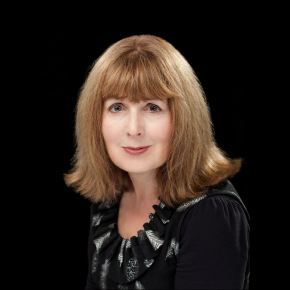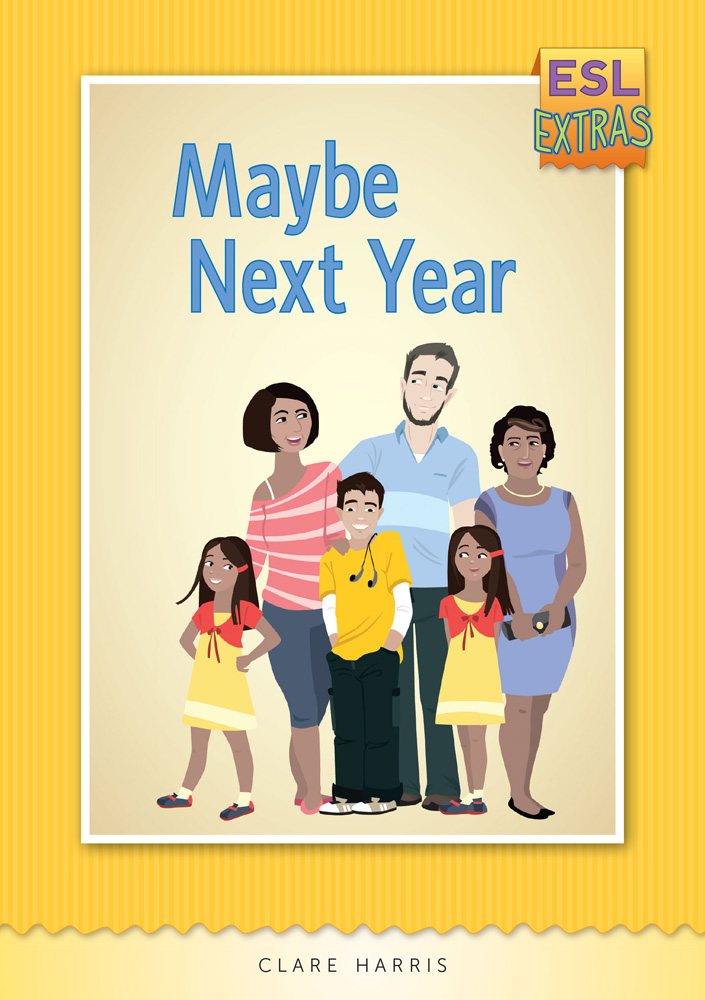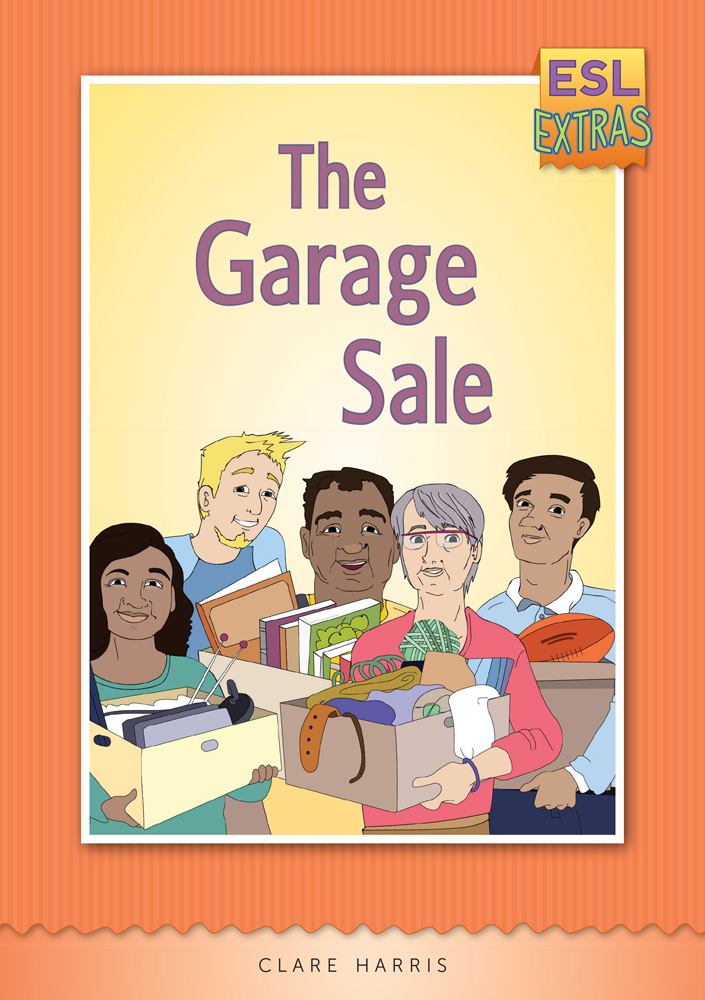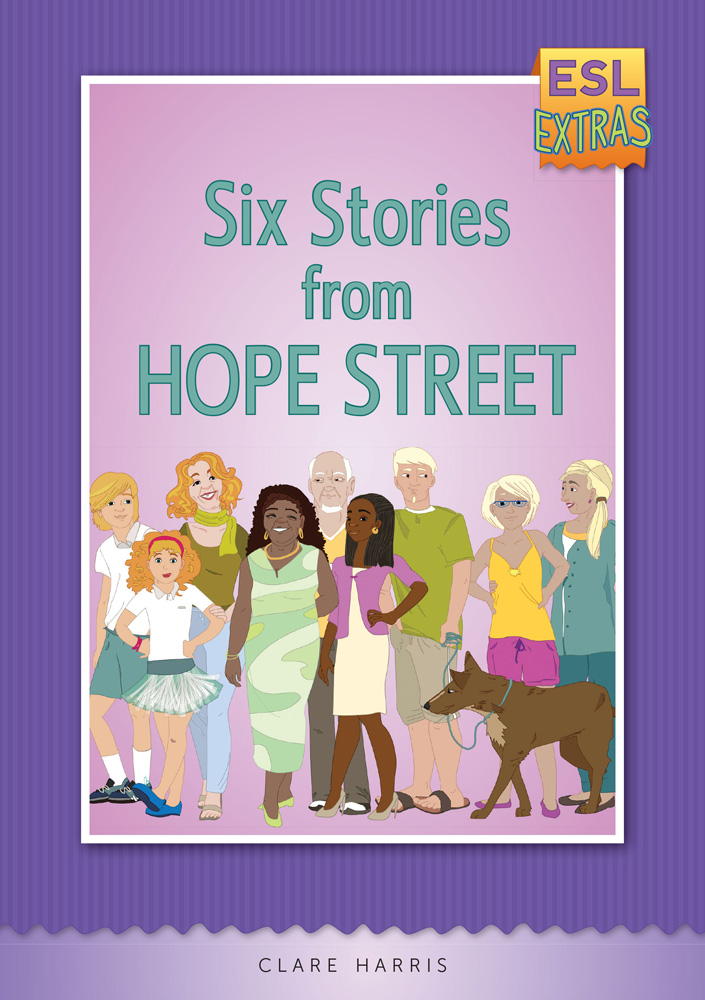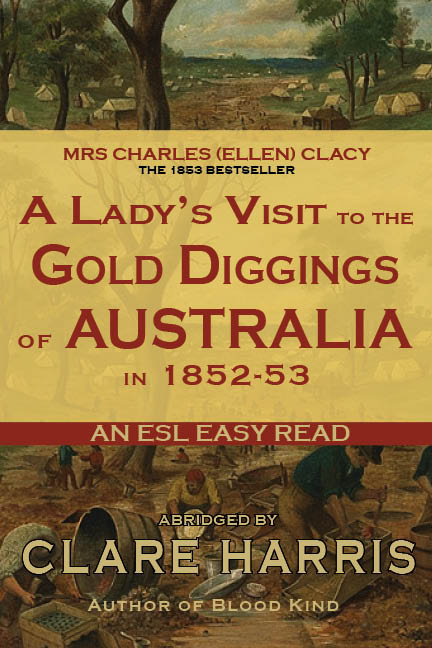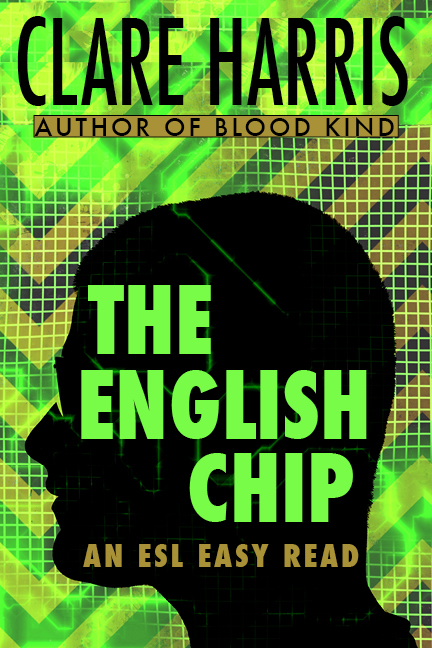Talking to Helga Burry, ESOL grammar book author and grammar enthusiast:
I always get excited about new Australian ESOL/EAL resources, and once again, I know the author. I met Helga, who has just published Let’s Connect: An Australian Grammar Workbook, when we taught together in a refugee camp in Thailand, years ago. (The same camp where I met Carmel Davies, from Urban Lyrebirds – what was it about Phanat Nikhom that turned us into writers? Or are all ESOL teachers really writers at heart?)
Sorry, I digress. Helga, welcome! Please tell us who your book is for…
Thanks, Clare! I wrote Let’s Connect for post-beginner students, students who already have a basic knowledge of the English language and need to improve their understanding of grammatical structure. I’ve been working mainly with adult and young adult migrants, so it has an Australian settlement focus.
I love that Australian focus in materials. When did you first start writing?
Probably at the same time you did? I started by creating my own worksheets for the AMEP learners I was working with, at Pennington Migrant Hostel, back in the 80s. There were very few teaching materials available at that time, so I produced my own, on my typewriter…
I remember those days. And then you kept writing?
During my nine years in Germany, a decade later, I taught more advanced students to prepare for exams such as the Cambridge First Certificate, and that gave me more ideas. I could see the mistakes those students made as they continually translated from German into English, so I created materials to address this problem.
When I got back to Australia, I realised that many of my students, from so many different cultures, made some of the same mistakes. I dreamed of publishing my own book, to help learners have a better understanding of how the English language is structured.
And now you’ve done it! You’re pretty passionate about grammar…
I love English grammar. It’s the foundation of the language, and as a second language learner, I know how important it is to have a basic understanding of ‘how it all works’. When I arrived in Germany, I could communicate – I’d studied German as part of my arts degree twenty years before – but it still it took me a long time to feel at home with the German language.
I’d learned German at school through the old grammar-translation method, and that grounding in the grammar really helped me, as I tried to listen to Germans and to pick up the language and fit it to the structures I knew. It also helped me to write, because I could form sentences with the foundations I’d learned so long ago.
So back to grammar?
Not back to grammar-translation, but I think that as teachers we could learn from some of those old principles. For example, I think that in a beginner class, the teacher needs to have quite a tight control over what the students are learning. It helps if there’s an impetus for the students to remember what’s right and what’s wrong; that could be as simple as regular testing.
You’ve had that ‘beginner’ experience in other countries, too…
Yes, I taught at a university in Vietnam for a year, so I know how frustrating and difficult it is to live in another culture without a real knowledge of the language. I’d learned a little Vietnamese in Adelaide, so I had some basic words and grammar. To learn better, I did grammar exercises from a book, made lists of new vocabulary and also tried to speak as much as possible with the Vietnamese family I was living with, or when I went shopping.
There are always key moments when you realise your language has really improved. When I left Saigon airport in January 1991, I had a number of videos of my time there. One of the customs officers tried to stop me from taking them on the plane, but I was able to plead in Vietnamese, and got waved through!
Sounds as though you had some good strategies, as a language learner?
Well, they worked for me. I used those same strategies in Germany – writing down new words and doing structured exercises. Now, when I talk to my German friends on the phone, I can still listen to what I’m saying and correct myself when I need to.
Not all second language learners have had the chance to develop these skills, but that ability to self-correct is something I try to teach to my students.
Is that a key gift you’d like to give to students?
It’s essential! I’ve met higher level students in Australia who don’t have any real grounding in grammar and whose mistakes are fossilized because they don’t have the ability to see their mistakes and then correct themselves.
I think a student needs to do the ‘head work’ first; build the foundations. Then slowly what they learn will be integrated and become a natural part of how they use the language in their lives. Then they can keep learning even after they finish their English course.
I hope Let’s Connect will help students enjoy learning and practising grammar, so that they can develop a basic understanding as groundwork for the next level of learning
This is actually Let’s Connect Book 1. What about Book 2? And where can teachers find your books?
Book 2 is still in progress; it will cover different ways of talking about the future and maybe first/second conditionals. I can’t tell you the release date…
Book 1 is available in most language bookshops, or in the language departments of bigger bookshops. It covers the present tense, the present continuous, the past tense and the past continuous, reviewing the basic structures, with scaffolded writing, listening, pronunciation and spelling exercises. (Here’s a link to the cover and a sample page.)
Thanks, Helga!
